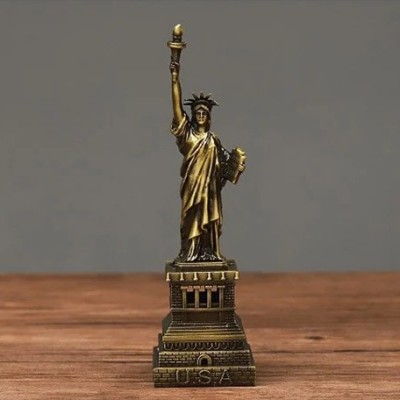
www.thehistoryblog.com
1,400-year-old ice storage house found in South Korea
An ice storage warehouse from the Baekje Sabi period (538-660) has been unearthed at Busosanseong Fortress in Buyeo, South Korea. It is the first ice house from the period ever discovered.
It is a roughly square structure 23 feet wide and 26 feet long with a u-shaped interior. It was dug 8.2 feet deep into the bedrock and stones were later placed on the southern wall. A pit was dug into the center of the floor that archaeologists believe was intended to collect water for drainage. A jar discovered next to the ice house is believed to be a jijingu, a ritual offering buried before construction as a prayer to the land spirits for its safety. The jar has a short neck with a rounded belly. It is intact with its lid, complete with a round knob, and in excellent condition. Five Chinese wushu coins were found inside.
The [National Research Institute of Cultural Heritage of Buyeo] explained, “The ice house was a specialized facility for long-term ice storage, a hierarchical space that could only have been built and operated by a strong royal authority and state.”
The Baekje Kingdom was one of the three earliest kingdoms on the Korean peninsula, lasting from 18 B.C. to 660 A.D. The Baekje Sabi period was its last century, named after its final capital Sabi, modern-day Buyeo-eup, in the center of the Korean peninsula. The Busosanseong Fortress was built in 538 to defend the new capital. Constructed on Busosan Mountain, a hill 350 feet above sea level overlooking Sabi’s city walls. It also served as a royal palace and garden.
It continued to be used after the conquest of Baekje and the unification of the Three Kingdoms in the Korean kingdom of Silla (668-935) through the Goryeo Dynasty (918-1392) and into the Joseon Dynasty (1392 to 1910).
The institute plans to investigate the western area of the military storage site (Gunchangji), a Joseon-era facility for storing military provisions, during the 18th excavation. A researcher stated, “This area is highly likely connected to the structures identified in the 17th survey and is expected to contribute to clarifying the concrete remains of the Baekje Sabi-period royal palace.”










